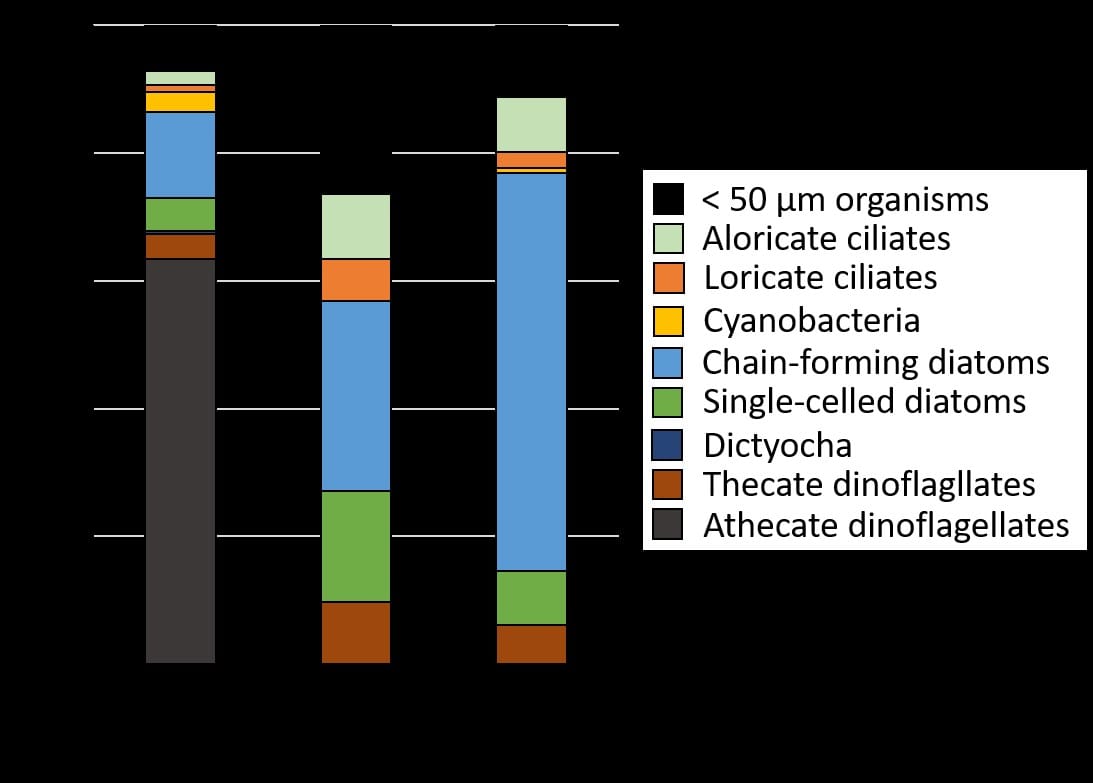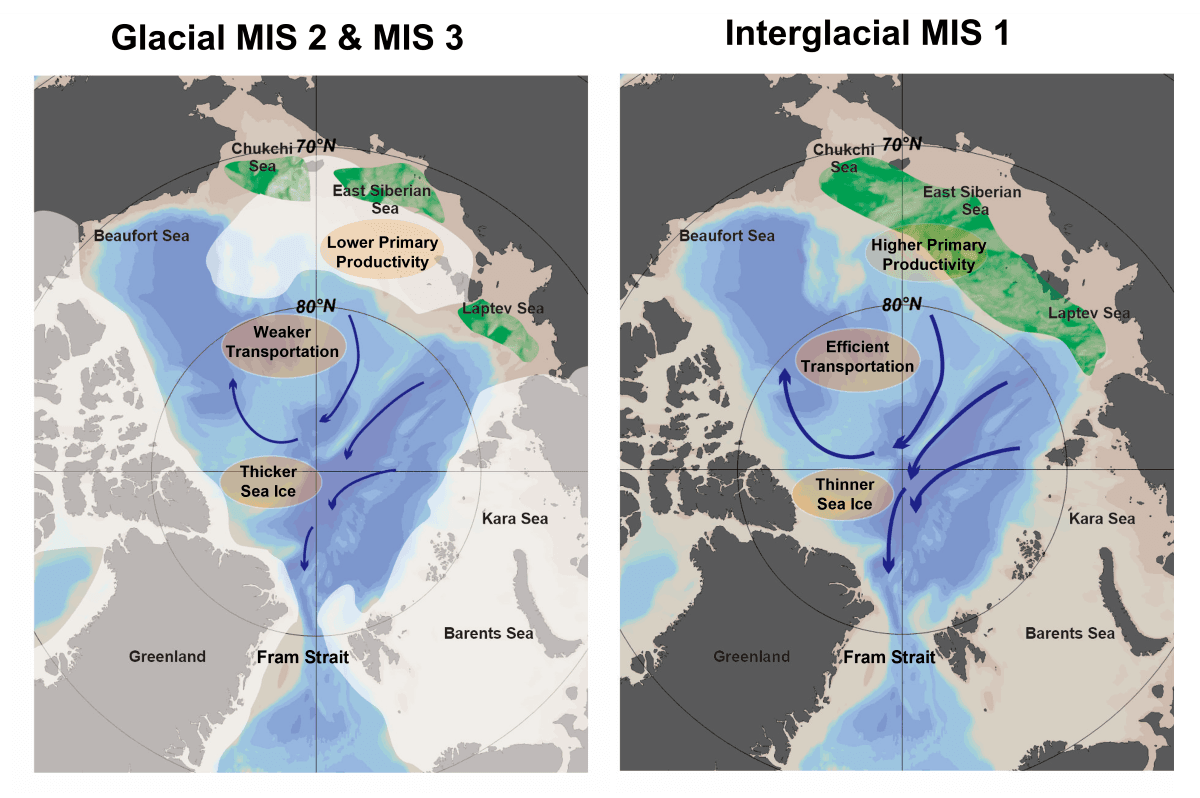Although not as obvious as surface runoffs, groundwater flowing across the seabed into the ocean, so-called Submarine Groundwater Discharge (SGD), indeed occurs in many coastal areas. SGD, comprising of terrestrial fresh groundwater flowing from the aquifers and seawater infiltrating through the permeable sediments, is regarded as a significant process of hydrological cycle and play an important role for materials exchange between land and sea. The chemical composition of SGD usually differs from that predicted, even reveals much higher concentrations of nutrients due to the biogeochemical reactions within the coastal aquifer; subsequently the quality of seawater might be modified when entering the coastal region and then have a profound impact on coastal ecosystems. Therefore, study of SGD is essential for evaluating the potential discharges of nutrients and other associated solutes.
In Taiwan, although land subsidence and seawater intrusion caused by groundwater overexploitation often occur in coastal areas, the existence of groundwater flowing across the seabed has been proved. But the seasonal/temporal changes of SGD have not been fully examined. Here, we reported a time-series investigation of SGD into a tide-dominated coastal wetland, the Gaomei Wetland, located at the south of Da-Chia River’s mouth, via using naturally occurring radionuclides as tracers. Our results showed that regardless of dry and wet seasons, the 222Rn activities in coastal waters were high at low tide but low at high tide. It represents the continuous input of 222Rn-enriched groundwater. However, the 224Raex and 228Ra activities showed seasonal changes with tide conditions. At dry season, the 224Raex and 228Ra activities in coastal waters were low at low tide but high at high tide; whereas at wet season, an opposite relation was observed with quite high 224Raex and 228Ra activities in low-tide waters. It suggested that these phenomena probably reflected a seasonal difference in main SGD component with fresh SGD at dry season but saline one at wet season. Based on a 222Rn mass balance model (Figure 1), the estimated SGD fluxes into the Gaomei Wetland varied with tidal fluctuations and ranged from 0.2 to 25 cm d-1 and from 0.1 to 47 cm d-1 for dry and wet seasons, respectively. In this study, we demonstrated the variation of SGD into the Gaomei Wetland is not only controlled by the seasonal changes of groundwater recharge, but also by the tidal pumping process.

Figure 1: A synoptic diagram of the 222Rn mass balance model in the Gaomei Wetland.
Hsu, F.H., Su, C.C.*, Wang, P.L., Lin, I.T. (2020) Temporal Variations of Submarine Groundwater Discharge into a Tide-Dominated Coastal Wetland (Gaomei Wetland, Western Taiwan) Indicated by Radon and Radium Isotopes. Water, 12(6), 1806.







